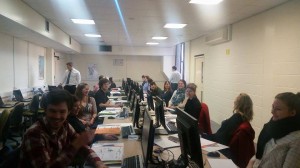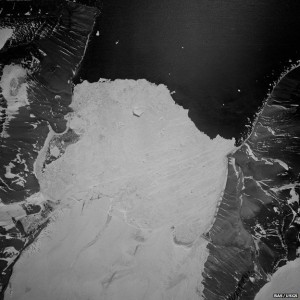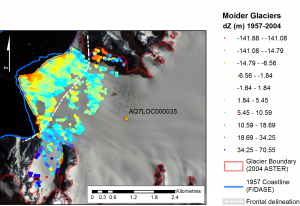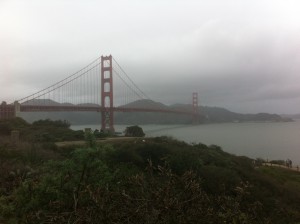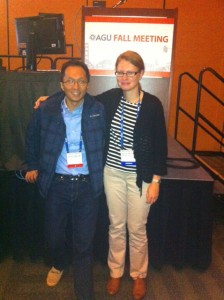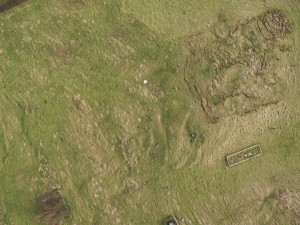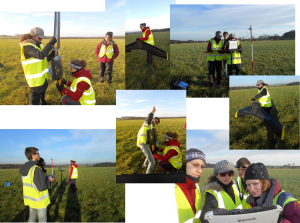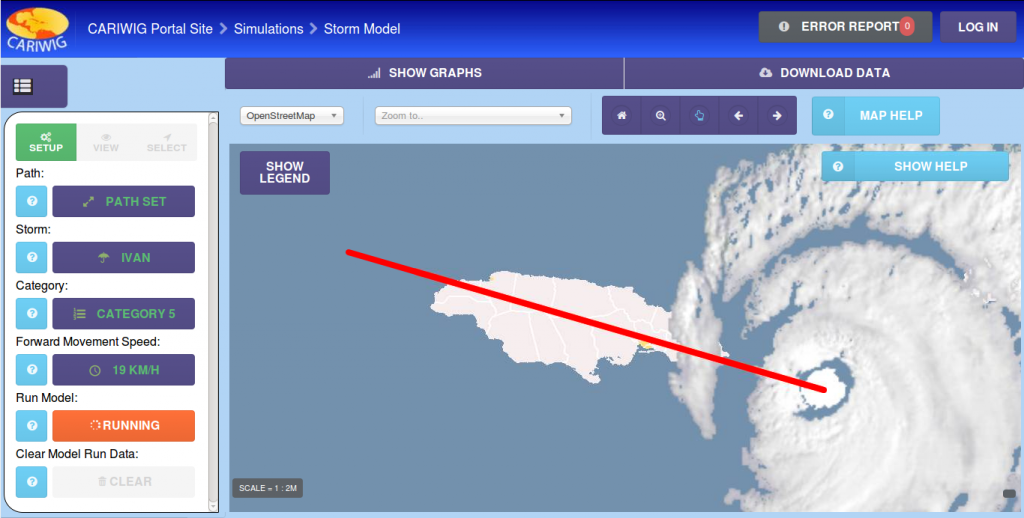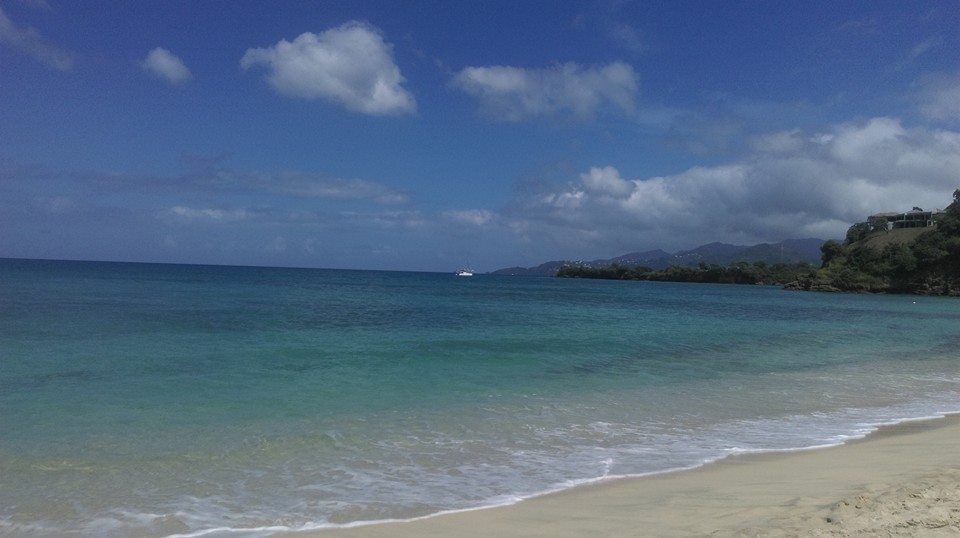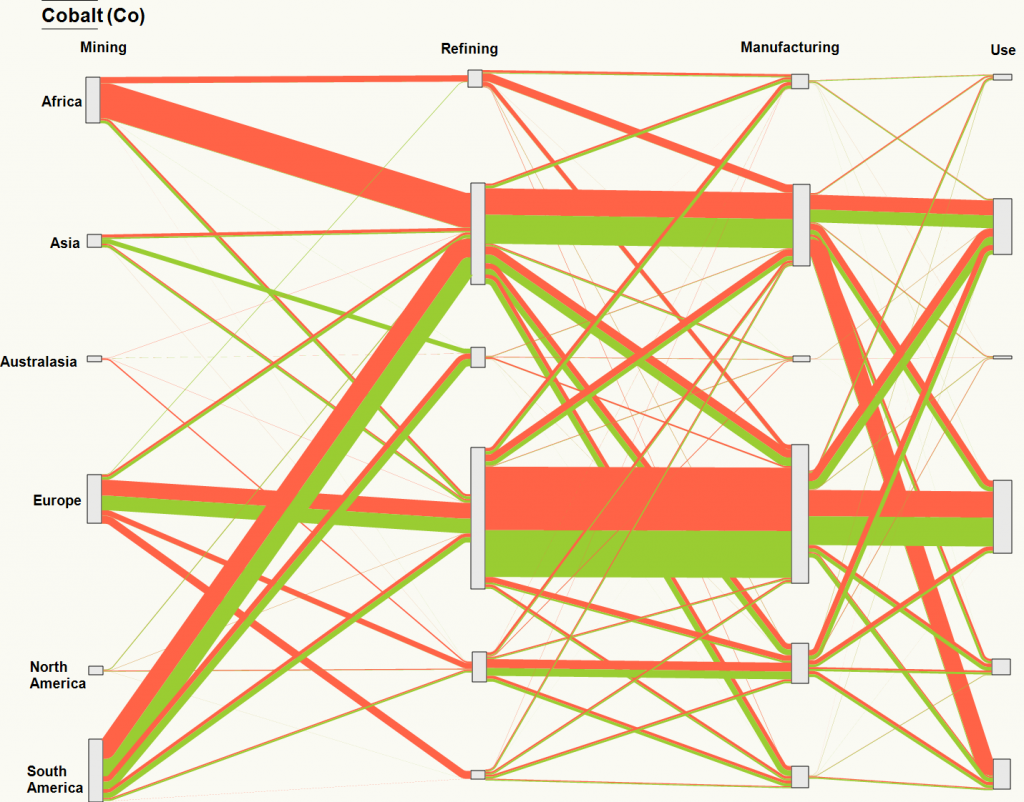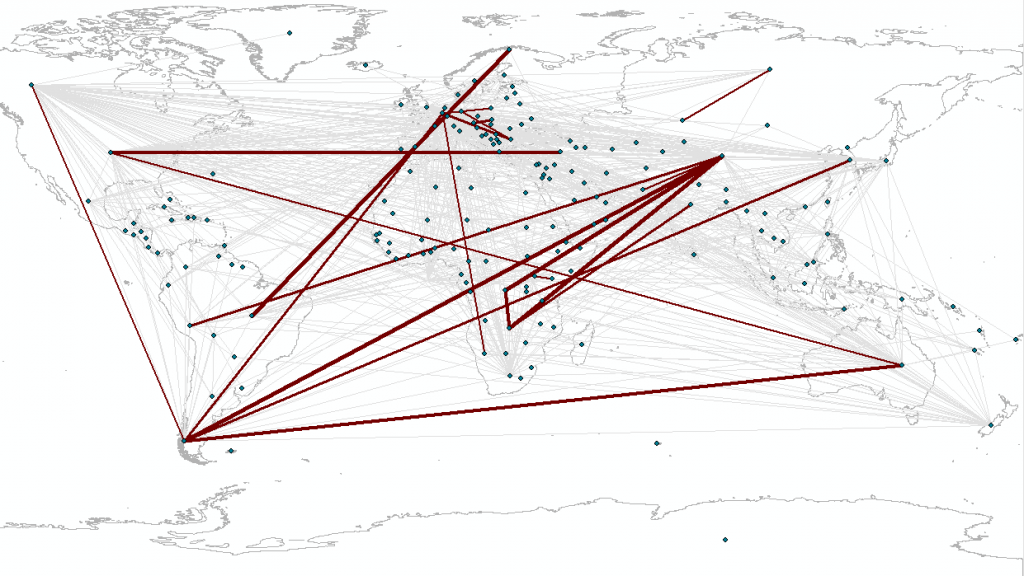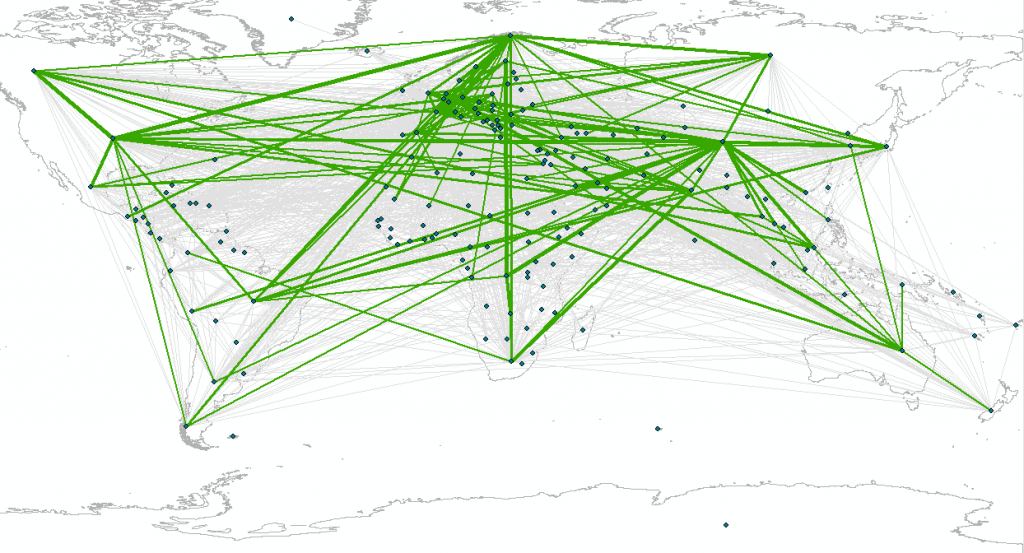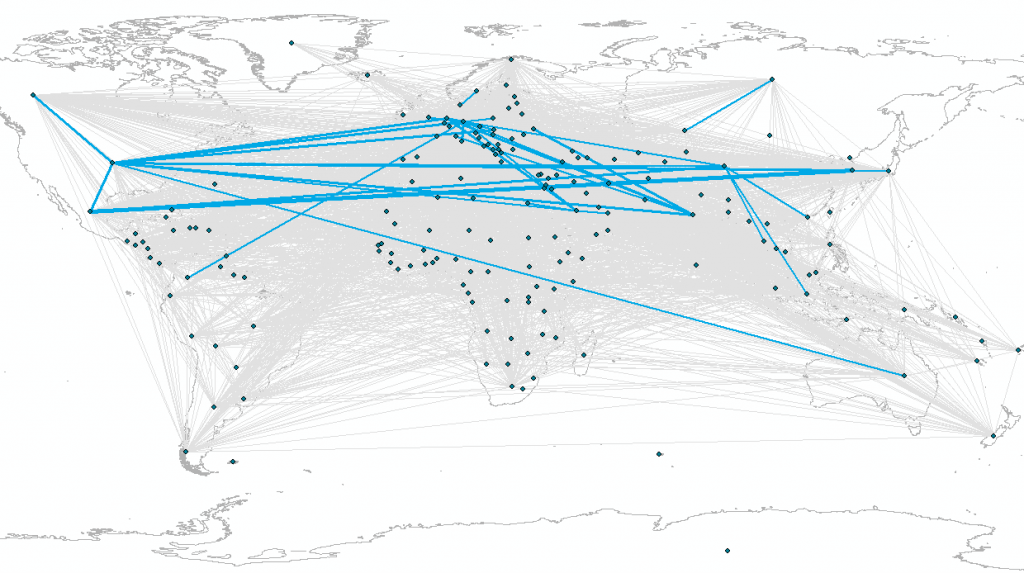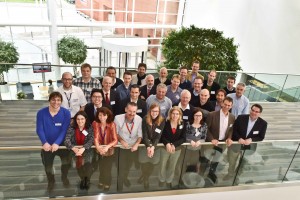School of Civil Engineering and Geosciences consortium awarded NERC Centre for Doctoral Training on Risk and Mitigation using Big Data.
The School of Civil Engineering, as part of a consortium between Cranfield, Newcastle, Cambridge and Birmingham Universities, have been awarded a NERC Centre for Doctoral Training on Risk and Mitigation using Big Data. The DREAM (Data, Risk And Environmental Analytical Methods) consortium comprises academics with expertise in environmental risk management and big data technologies and techniques. The consortium will train the next generation of risk specialists on the opportunities of ‘big data’ to improve our understanding of environmental risk mitigation options for industry, businesses, government and society. Over the coming years, DREAM will support 30 PhD students undertaking postgraduate research that seize the opportunities of ‘big data’ analytics to develop effective risk management strategies across the environmental sciences.
As part of the DREAM consortium, staff from the Water Resources and Geomatics research groups in the School of Civil Engineering and Geosciences will work with doctoral students on developing the next generation of big data and high performance computing approaches required to refine, scale and expand our ability to address key research questions being posed by industry and government in relation to risk assessment of geohazards, mitigation and management of extreme climate events, understanding and managing environmental risks faced by critical infrastructure systems and developing robust long term sustainable protection plans of the Earths geobiophysical systems.
DREAM doctoral students at Newcastle will develop during the course of their research a comprehensive scientific skills set to address the challenges of risk mitigation in the environmental sciences. As our ability to monitor the Earth’s processes improves through a diverse range of different sources of data ranging from satellite observations through to ‘crowd sourcing’ it is imperative that modern environmental scientists are able to leverage maximum utility from the often diverse and large volumes of data available. DREAM students will receive training in how ‘Big Data Science’ can facilitate this, from the utilisation of different forms of high performance computing such as the cloud, utilising modern approaches to manage large heterogeneous environmental databases, through to the development of new computational approaches for analysis, modelling and synthesis of complex large volume environmental data-sets. In addition to developing skills in the use of ‘Big Data Science’ students will also receive project specific training in relation to environmental hazards, environmental impact and risk analysis methodologies, and training in risk mitigation and management.
The DREAM consortium is led in Newcastle University by Professor Chris Kilsby (Newcastle Director: chris.kilsby@newcastle.ac.uk) and Dr Stuart Barr (Academic Manager: stuart.barr@newcastle.ac.uk). Overall coordination of the consortium is being led by Cranfield University. Further details reading the award can be found at http://www.nerc.ac.uk/latest/news/nerc/bigdata/.

